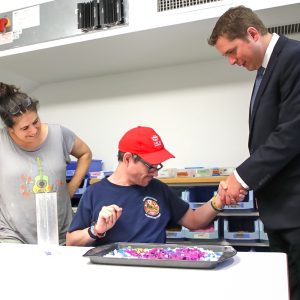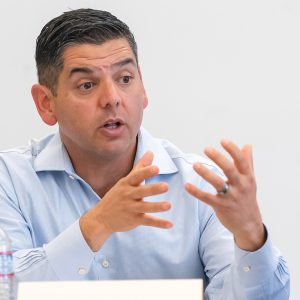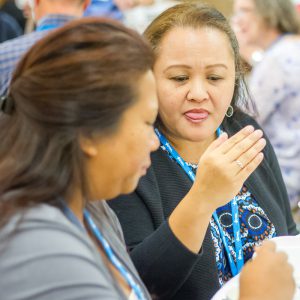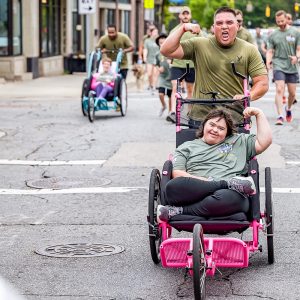RCLD Outreach Training
Section 1: Get learning
Having rural cultural humility and independent living values
Meeting people where they are
Building connections
A good space to start discussing IL with other community members is to meet them where they are at. Start by building a connection around hobbies, personal interests, the community interests.
- Who are some of the people that they know or serve, and what are some goals for those communities?
- How are they similar to the goals the disability community has?


Conversations around disability
It is also important to recognize that community members may have different experiences with disability. Some may have a disability, some may have loved ones, neighbors, or colleagues with a disability, and others may not have given disability much thought before. Creating a space for communication for people with disabilities is important. Invite people into a conversation around shared experiences. You may want to discuss disability as more than a diagnosis and explore disability as a culture and a rich community to identify with that has a common history and values. Try to be mindful during these kinds of discussions to avoid “tokenizing” anyone with a visible disability in the room. It is their right to decide they do not want to explain their disability or speak on behalf of disability as a whole.
Inclusive language
This discussion may also be a good time to model inclusive language such as avoiding words like “handicapped” or “differently abled.” You may also find opportunities for gentle education if it seems appropriate such as the history around the “Spread the Word to End the R (retard) Word” campaign. The idea is to create curiosity rather than shame.


Language, labels, and disability identity
It is also important to note that language, labels, and disability identity is fluid. For example, some people prefer the term “disabled person” which is identity-first. Others may prefer “person with a disability,” which is person-first language. At the end of the day, using the language that the person with the disability themselves uses to describe themself or prefers is ideal.
